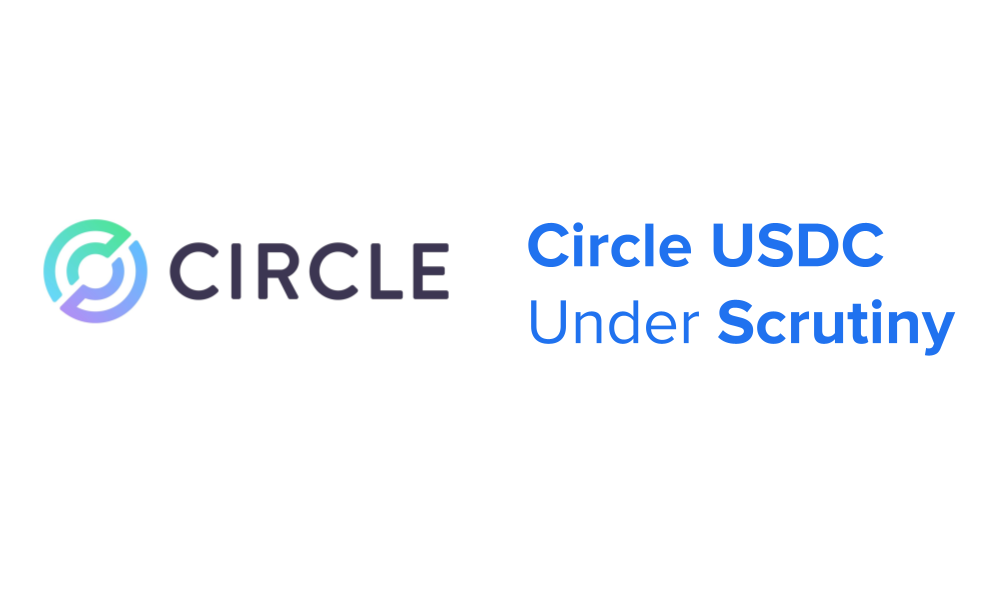The company behind the world’s largest stablecoin USDC, Circle, is under scrutiny. It is currently undergoing an investigation by the Securities and Commission (SEC) since July of this year.
Circle is in full cooperation with the SEC as they received a subpoena requesting documents on their holdings, customer programs, and operations.
Circle very transparently even released a disclosure report that showed that 61% of Circle’s holdings are in cash and cash equivalents. Other commercial paper accounts, treasuries and bonds hold the remaining holdings.
US regulators have been having a very sharp eye especially on the stablecoins. Moreover, the SEC has been targeting and scrutinizing the crypto industry even more under leadership of Chairman, Gary Gensler.
The crypto community assumed that Gensler would be an ally of the community as he seemed to be an enthusiast. He taught a blockchain course at MIT and wroten an op-ed about how Bitcoin could be a “catalyst for change”.
However Gensler has been insisting on the regulation of crypto calling it a “speculative asset class” and calling for customer protection laws. Furthermore, he has pushed for more authoritative measures and regulations particularly on stable coins. He fears that using stable coins may be a loophole in sidestepping the traditional system resulting in anti-money laundering, tax compliance, and sanctions.
On top of this, in August, Circle came under fire again. Circle had to pay over $10 million to the regulator. This is because it’s subsidiary Poloniex operated as a digital asset exchange without acquiring permission.
Later on, in September, the SEC threatened to sue Coinbase that issues USDC. This was for a proposed lending product that would yield interest rates for select holders of USDC.

